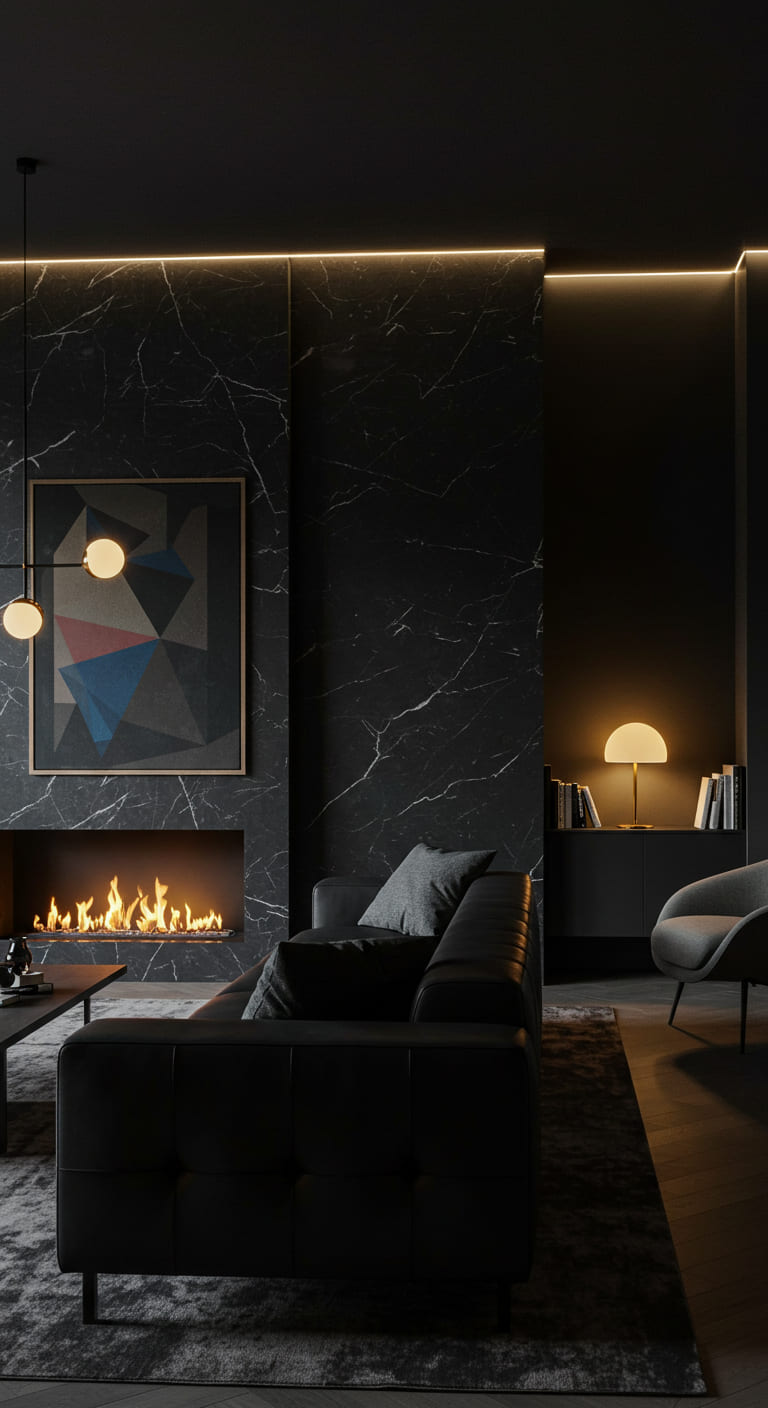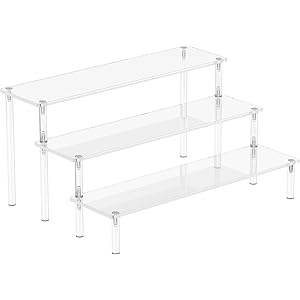As I sit down to explore the fascinating world of interior design, I can’t help but feel a sense of excitement about the transformative power this field holds. Interior design is not merely about arranging furniture or choosing a color palette; it is an intricate blend of art, science, and psychology that influences how we feel in our spaces. Today, I invite you to join me on this journey to discover what it truly means to be an interior designer, the skills required, and how you can start your own design journey.
The Essence of Interior Design
At its core, interior design is about creating functional and aesthetically pleasing environments. As an interior designer, I wear multiple hats—artist, architect, psychologist, and project manager. My goal is to enhance the quality of life and culture of the occupants by incorporating elements that are both beautiful and practical.
- Artistic Vision: I strive to create spaces that evoke emotion and tell a story.
- Functional Layout: The design must serve its purpose, ensuring comfort and usability.
- Psychological Impact: Color schemes, textures, and layouts can significantly affect mood and behavior.
What Does an Interior Designer Do?
Many people wonder about the specific roles and responsibilities of an interior designer. Here’s a breakdown of what I do:
- Client Consultation: I begin by meeting clients to understand their needs, preferences, and goals for the space.
- Space Planning: I create layouts that optimize the flow and functionality of the area.
- Design Development: This involves selecting materials, colors, furniture, and fixtures that align with the client’s vision.
- Project Coordination: I collaborate with contractors, architects, and other professionals to ensure that the design is executed correctly.
- Final Touches: I oversee the installation process and add finishing touches to bring the design to life.
The Skills Required to Become an Interior Designer
Becoming a successful interior designer requires a unique blend of skills. Here are the key areas I focus on:
- Creativity: The ability to think outside the box and develop innovative designs is crucial.
- Technical Skills: Proficiency in design software (like AutoCAD and SketchUp) is essential for creating detailed plans.
- Communication: I must articulate my ideas clearly to clients and team members.
- Project Management: Managing timelines, budgets, and resources is vital for successful project completion.
- Attention to Detail: The little things matter; a single detail can make or break a design.
The Importance of Interior Design
Interior design plays a significant role in our daily lives, often in ways we might not immediately recognize. Here are some reasons why this field is essential:
- Enhanced Quality of Life: Thoughtfully designed spaces can improve our well-being and productivity.
- Increased Property Value: Well-designed interiors can significantly boost property resale value.
- Environmental Impact: Sustainable design practices can reduce our ecological footprint.
- Cultural Reflection: Interior design can celebrate and reflect cultural identities, making spaces more inclusive.
Getting Started with Interior Design
If you’re considering a career in interior design or simply want to embark on your own design journey, here are some steps you can take:
1. Educate Yourself
Start by learning the fundamentals of design. There are numerous online courses, books, and resources available that cover everything from color theory to space planning.
2. Gain Practical Experience
Consider internships or volunteer opportunities with established designers to gain hands-on experience. This will also help you build a network of contacts in the industry.
3. Build a Portfolio
Your portfolio is your calling card in the design world. Start by documenting your projects, no matter how small, and showcase your creativity and skills.
4. Stay Updated
The design world is ever-evolving. Stay informed about the latest trends, materials, and technologies by attending workshops, reading design magazines, and participating in forums.
Case Studies: Successful Interior Design Projects
To illustrate the impact of effective interior design, let’s explore a few successful projects:
Case Study 1: Transforming a Small Apartment
In one project, I was tasked with redesigning a small urban apartment. The goal was to create a sense of spaciousness while maintaining functionality. I achieved this by:
- Utilizing multi-functional furniture.
- Incorporating mirrors to create the illusion of space.
- Choosing a light color palette to enhance brightness.
The result was a stylish, inviting apartment that felt much larger than its actual size.
Case Study 2: Revamping a Corporate Office
In another project, I worked with a tech startup to redesign their office space. The aim was to foster collaboration and creativity among employees. Key strategies included:
- Designing open workspaces that promote interaction.
- Incorporating breakout areas for informal meetings.
- Using vibrant colors and artwork to inspire innovation.
The revamped office not only improved employee morale but also enhanced productivity, leading to a noticeable increase in company performance.
Statistics That Highlight the Value of Interior Design
Understanding the value of interior design can be further reinforced by some compelling statistics:
- According to a survey by the American Society of Interior Designers (ASID), 94% of designers believe that design positively impacts the well-being of individuals.
- A study by the National Association of Realtors found that 54% of homebuyers are willing to pay more for a home with a professionally designed interior.
- Research indicates that well-designed workspaces can increase productivity by up to 20%.
Common Misconceptions About Interior Design
As I delve deeper into this field, I’ve encountered several myths about interior design that I’d like to debunk:
- Myth 1: Interior Design is Just about Aesthetics: While beauty is important, functionality and user experience are equally crucial.
- Myth 2: Only the Wealthy Can Afford Interior Designers: Many designers work within various budgets and can create beautiful spaces at different price points.
- Myth 3: Interior Design is Only for Residential Spaces: Interior designers also work in commercial settings, healthcare, hospitality, and more.
FAQs About Interior Design
1. What qualifications do I need to become an interior designer?
While a degree in interior design is beneficial, many successful designers come from diverse educational backgrounds. Practical experience and a strong portfolio are equally important.
2. How can I find a good interior designer?
Look for designers with a strong portfolio, positive client reviews, and a style that resonates with you. Personal referrals can also be valuable.
3. What should I consider when starting my design project?
Begin by defining your goals, budget, and timeline. Understanding how you want to use the space will guide your design decisions.
4. Can I be my own interior designer?
Absolutely! Many people successfully design their own spaces. Start small, educate yourself, and don’t hesitate to seek professional advice when needed.
Conclusion: Start Your Design Journey Today!
As I wrap up this exploration of interior design, I hope you feel inspired to delve into this dynamic field. Whether you’re considering a career as an interior designer or simply looking to enhance your own living space, remember that design is a powerful tool that can transform lives. Embrace your creativity, educate yourself, and don’t be afraid to experiment. Your journey in the world of interior design awaits!
If you enjoyed this article and found it valuable, consider signing up for our newsletter for more insights and tips on interior design. Share this article with friends and on social media—let’s spread the love for design!
Aredpoook Acrylic Display Risers, 3 Tier Perfume Organizer Stand, Clear Cupcake Stand Holder, Large Shelf Risers for Figures, Dessert Shelves for Party, Riser Stand for Decoration and Organizer
$7.90 (as of 27/03/2025 01:29 GMT -03:00 - More infoProduct prices and availability are accurate as of the date/time indicated and are subject to change. Any price and availability information displayed on [relevant Amazon Site(s), as applicable] at the time of purchase will apply to the purchase of this product.)
Sign up for our newsletter and stay up to date with exclusive news
that can transform your routine!




